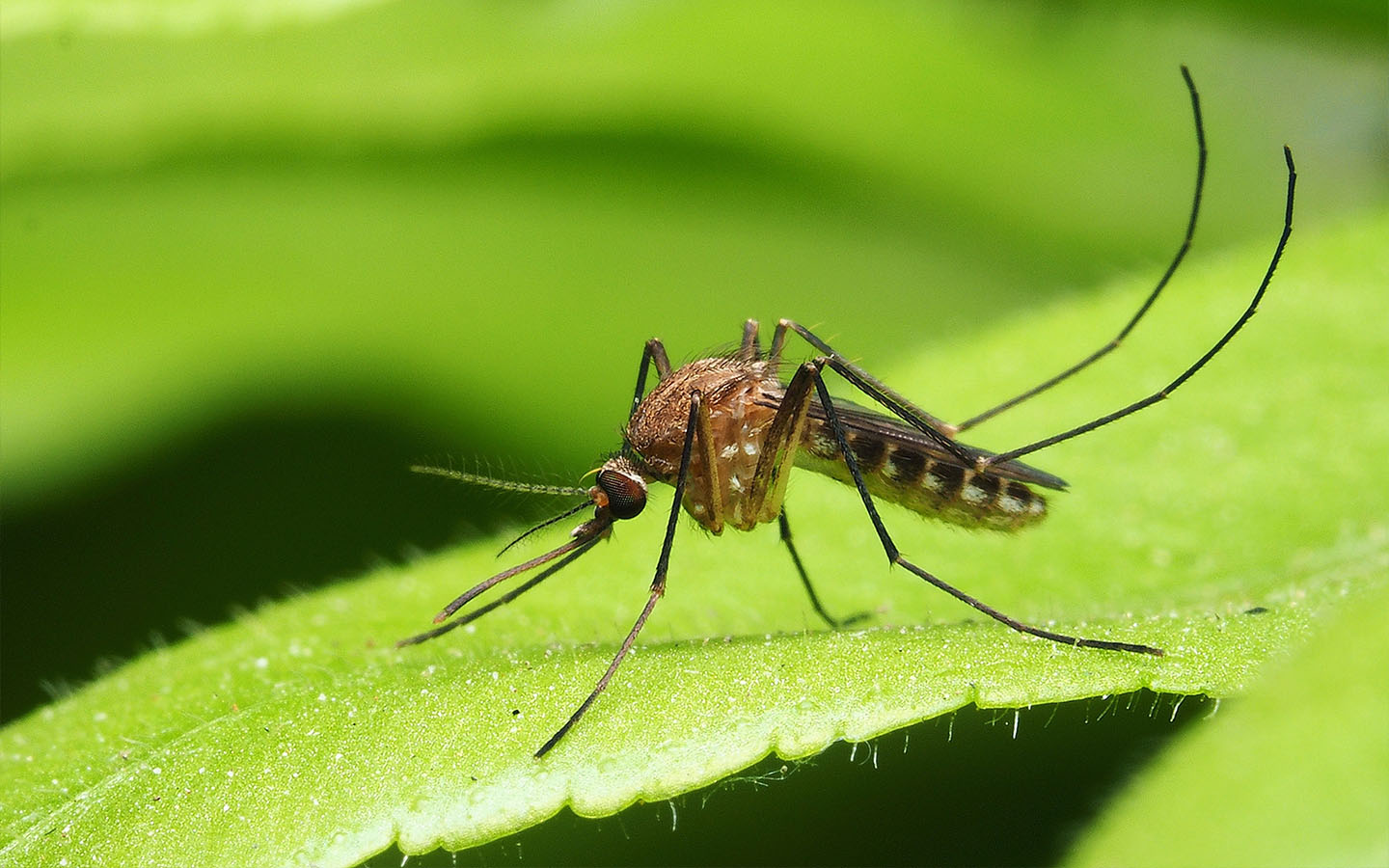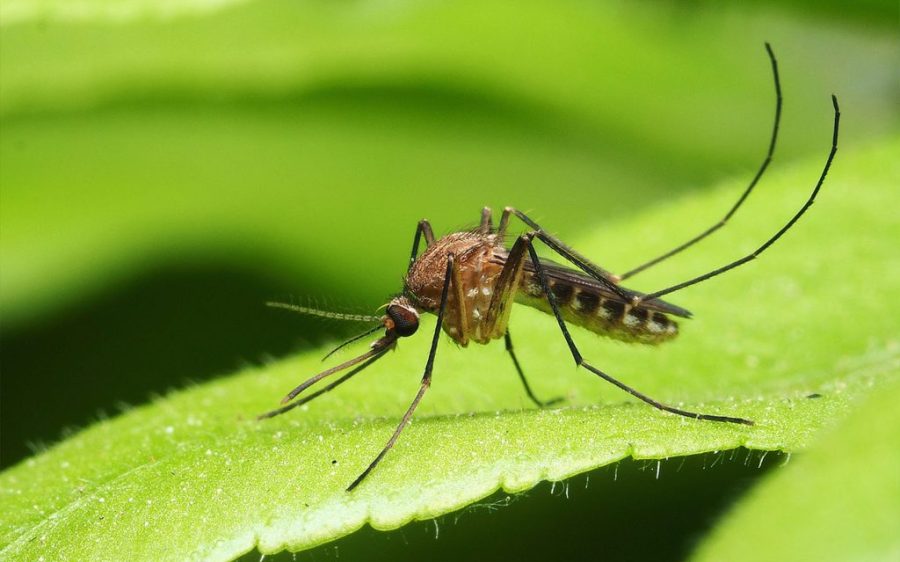Macao has reached a “critical stage” in the prevention of the mosquito-borne chikungunya fever, according to Chan Choi Wan, a leading disease control expert with the Health Bureau.
During yesterday’s Macao Forum radio program, Chan acknowledged that “the risk of imported cases causing local transmission in Macao [was] high” due to outbreaks in neighbouring areas and the high volume of people travelling between Macao and Guangdong province.
Currently, Macao has recorded 8 cases of chikungunya fever, including 6 imported infections and 2 local ones. The first case this year was an imported one recorded on 18 July, which involved a 61-year old local male. Meanwhile, the two most recent infections were local transmissions registered on 1 and 2 August and linked to workers in the construction sites of Urban Zone A.
The recent typhoon and heavy rain have also created ideal conditions for mosquitoes, which thrive on wet and hot weather and breed in stagnant water.
Despite the recent string of cases, Chan and Ieong Chon Kit, a public health attending doctor who was on the program, reassured the public by stating that Macao had not yet registered any cases of community transmissions.
On whether or not the territory would face any large-scale outbreaks, Chan said, “We will have to wait and see.” However, she mentioned that as long as the SAR is able to dispose of stagnant water and eliminate mosquito breeding, the likelihood of a major outbreak would be “relatively low.”
[See more: Here’s what to know about chikungunya, the disease that’s sweeping Guangdong]
Also on the program, Pang Sao Hun, the acting head of the Municipal Affairs Bureau’s Environmental Hygiene Division, said that the government had been ramping up mosquito eradication efforts since July, with a focus on the hygiene of private property and idle land.
In the first seven months of this year, the government monitored for stagnant water 8,903 times and launched 1,483 sessions of chemical control across 140 hygiene blackspots.
To support the government’s efforts, Pang said that residents who find a mosquito breeding site in a private property can contact the property’s management, the relevant health centre or the Municipal Affairs Bureau.
With less than a month left until the start of the new academic year, local authorities are also preparing to equip schools with the necessary knowledge to prevent the spread of chikungunya and dengue fever. A conference featuring roughly 120 representatives from tertiary and non-tertiary institutions was held yesterday with this aim in mind.
Regionally, Guangdong province has already clocked over 7,000 chikungunya infections since June, with the epicentre of the outbreak situated in Foshan’s Shunde district.
The number of new cases in Foshan have been falling in recent days, however, as data from local authorities reveal that new infections fell from 333 to 174 between 1 and 5 August. Transmissions in Shunde have also been on a decline for eight straight days, dropping from 408 new cases on 29 July to 122 cases on 5 August.
In response to the chikungunya fever outbreak, Guangdong authorities in cities such as Foshan and Zhuhai have launched large-scale mosquito eradication campaigns. On 29 July, Foshan also raised its public emergency response level to a “relatively serious” tier 3, with level 1 designated as “extremely serious” and level 4 as “regular.”
Despite the high frequency of cases, the chikungunya infections in Guangdong have only resulted in mild symptoms, with no deaths currently recorded.






